It may be a rare sight today, but a demo is one of the best things an upcoming game can do for its audience. Of course, not all demos are created equal – the best demos generate excitement and set expectations for what’s to come, while the worst demos convince us not to buy. What makes a great demo?
What is a demo, really? Speaking in the strictest sense, a demo is a limited version of a game that people can play to get a better idea of the game itself. This can range from E3 demos, which like ReCore’s, where players can do anything for a set amount of time. We could argue that shareware releases of games like Doom and Duke Nukem 3D were a kind of early demo too!
I consider Overwatch’s wildly successful public beta to be a demo as well. The same goes for Battlefield 1’s amazing beta. Some will argue that betas aren’t demos. Devs make demos to sell games, and they make betas to get feedback to improve their games prior to release. But this is no longer the entire truth – betas have become marketing tools. If you bought, say, The Last of Us Remastered for PS4, you’d get access to the Uncharted 4 multiplayer beta. Thanks to big marketing departments, betas have doubled as time-limited demos for years.
Demos can come in a variety of shapes and forms, and there’s no strong data to suggest that they’re bad for games. If you’re a developer, and you want to convince people to buy your game, a demo’s still an effective tool, so long as you deliver a good one. And if you’re a gamer, a demo is a great way to sample what’s out there.
Here are three ways that a developer can make a demo that’s worth a player’s time.
Keep Us Coming Back
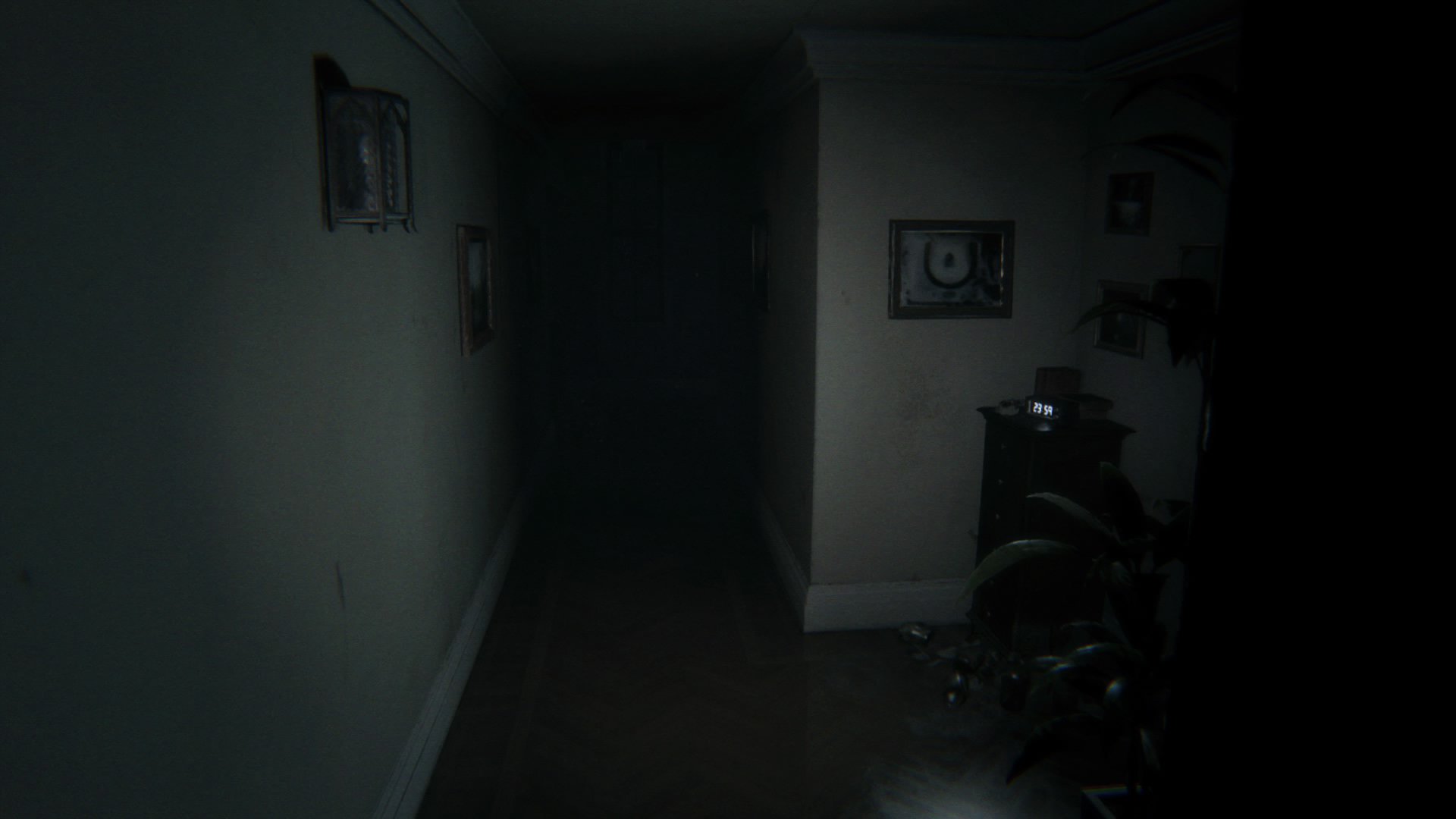
PT is one of the most talked-about game demos in history, and it was built to be played, replayed and solved. The Resident Evil VII demo works much the same way. Play it once, and you might not uncover every secret. The more you play, the more there is to discover. These demos work because they get players talking with each other and asking questions. By creating the sense that there’s more to the demo than meets the eye, these demos generate ongoing interest that translates into purchasing intent.
Bioshock’s demo was built around its most linear elements. If you played it once, there was nothing else to do. A game like Uncharted is never going to demo well because it plays the same way each time. Enter the map from Point A, travel to point B shooting the exact same guys in the exact same places every time. Demos like this make the player think they have seen all the game has to offer. But a demo that offers engaging reasons to return makes the audience hungry for the main game.
Creating mystery isn’t the only way to get players to return to a demo. Pokemon: Sun & Moon opens into a miniature sandbox after its linear opening. If you explore, you’ll find several timed events that encourage you to return to the demo on specific dates to receive in-game items.
Forza Horizon 3 gave players an entire section of the game’s open world, a handful of cars and plenty of events to try out. This demo was essentially a miniature version of the game itself. The open world gave players plenty of opportunities to play, and the demo was substantial enough that it couldn’t be completed in one sitting.
I’ve heard some people express concern that if a demo is too replayable, most players will simply play it rather than pay for the full game. An ideal demo walks a fine line between limitation and replayability. Pokemon only gives you two monsters to use, and one of them is temporary. While the demo is substantial, knowing you can collect hundreds more monsters in the full game provides a good reason to return.
Let Something Carry Over
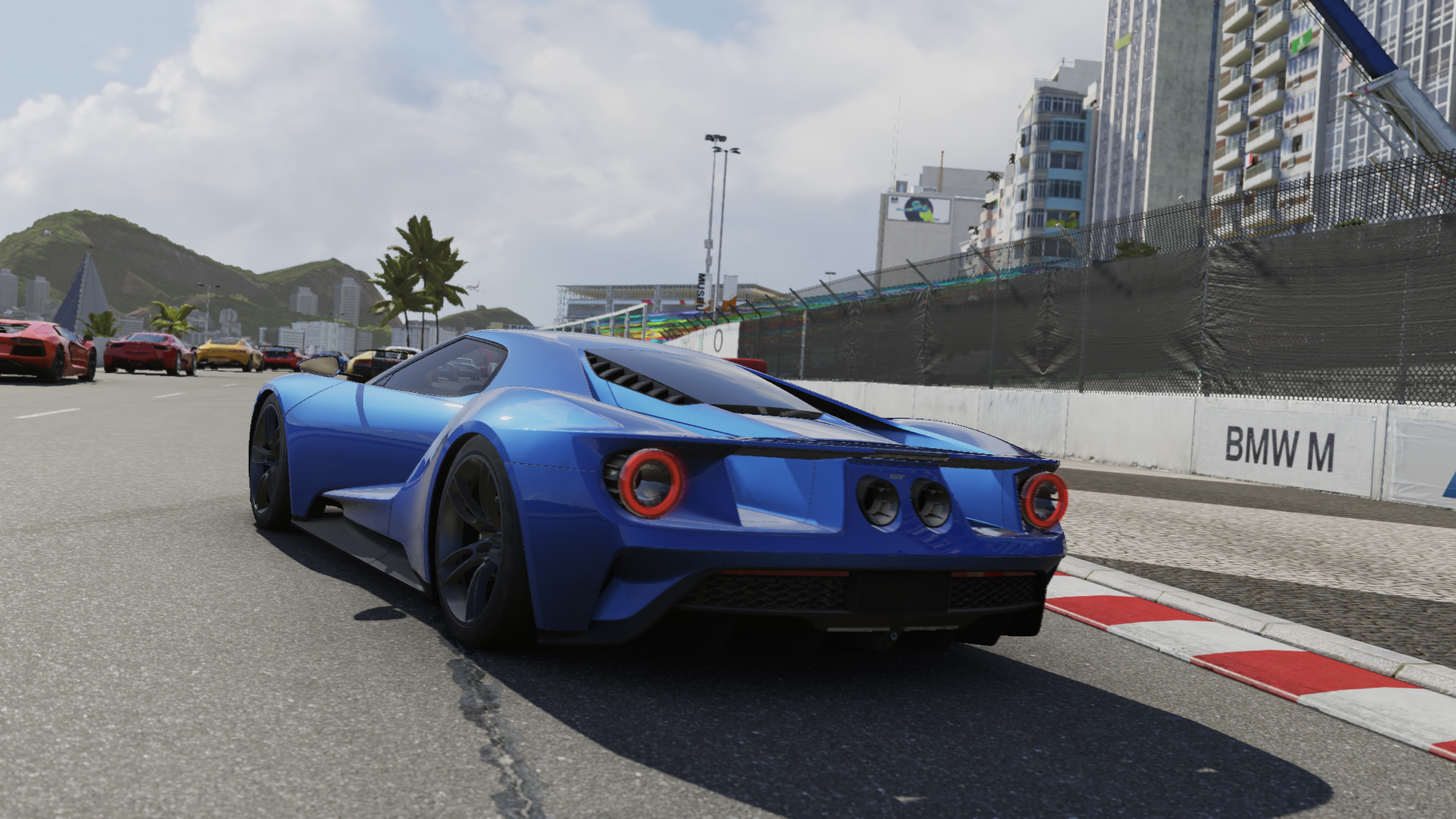
One of the reasons I loved Xbox Live Arcade games so much was that every single demo was a locked version of the full game. Play Fez long enough, and you’ll eventually hit a point where you can’t progress any further. “Want to keep playing?” the game chirps. “Just buy the game now!” If you buy the game, it unlocks immediately, and you can keep going. XBLA’s demos gave players a momentum standalone demos struggle to match.
Another key to XBLA’s success was that its games were never more than 2GB in size and generally cost less than $20. Contrast this with 2016’s DOOM, which requires 72GB of space on computer and cost $US60 ($78) at retail. No one wants to download a 72GB demo, play for an hour and then be asked to decide whether or not they want to spend $US60 ($78) to keep playing. Once games reach a certain size and cost, the XBLA model simply doesn’t work. What to do then?
Pokemon demos have provided players with unlocks in the full game. Omega Ruby/Alpha Sapphire’s demo gave players a Mega Pokemon and a bunch of in-game items. Sun/Moon gives players a Greninja – a Pokemon that can’t be caught in the wild – as well as a handful of in-game items that can be sold for a ton of in-game cash.
Dead Rising 2: Case Zero gave players a character export system that let them transfer a level 5 character into the full game. It also let them transfer weapons and unlock special cosmetics. Forza demos have generally unlocked an expensive supercar in the full game. Destiny’s demo allows characters to reach level 7 and transfer their character and loot into the full game. NBA 2K17 does something similar with its Prelude demo. The Forza demos unlock additional cars for their respective games.
While character and item transfers fail to maintain the momentum of “simply unlock the rest of the game now to keep playing”, they do work wonderfully when it comes to giving players a reason to progress to the full game. That can be fun for people playing the demo, who will feel that their time with a demo pays off in the main game. Personally, I love the export systems; I’m eagerly awaiting my chance to import all my Pokemon items into Sun/Moon.
You Don’t Have To Set The Demo In The Game
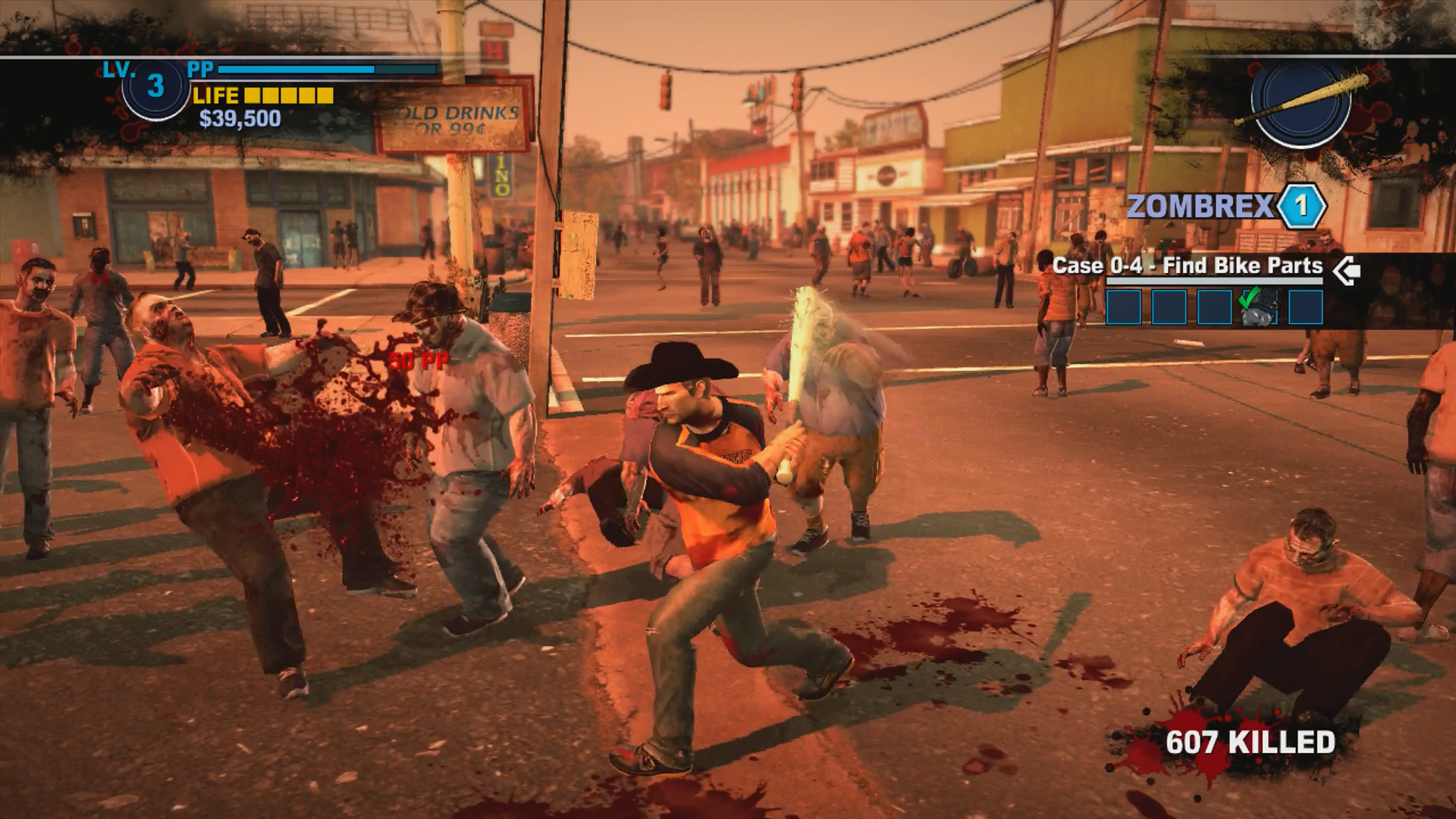
While the XBLA approach of unlocking the demo to continue works well for games that have released, it doesn’t work so well for games that haven’t yet, in which case a small, stand-alone game set outside the rest of the game might be a great idea. After all, the purpose of a demo is to give the audience an idea of how a game will play. There’s nothing that says a demo has to be an excerpt of gameplay. All that matters is that people understand a game better after playing its demo.
Dead Rising 2: Case Zero is one of my favourite games of all time, though it’s just a demo for Dead Rising 2. It’s a small, $5 stand-alone game set in a small town outside of Las Vegas. No matter how many hours you put into Case Zero, you’ll be acutely aware how much more there is to do and see in Dead Rising 2. You can get a great impression of how the full game will play, but it’s so far removed from the full game that there’s significant reason to carry on.
Prologues work especially well when they’re story-related. Resident Evil VII’s Beginning Hour demo leaves players wanting more because it’s not set in the full game. It’s all about getting the audience to ask questions about what happens next. The demo hooks players with its interesting premise that leaves them with more questions than answers. It works because it makes players wonder what’s going on, but it doesn’t offer any easy answers.
The Stanley Parable’s demo has to be played to be believed. It works because it maintains the themes of the game while being, essentially, a demo about the nature of demos. It’s the approach of The Stanley Parable applied to a different topic. You get an idea of how the full game plays while also partaking in something that stands alone as a fascinating work.
Metal Gear Solid V: Ground Zeroes is a demo, albeit one that launched at $50, but it’s the entire reason I purchased Metal Gear Solid V: The Phantom Pain. I had so much fun exploring the demo’s many missions, attempting to 100 per cent it in order to import everything into the full version of the game. The best part, of course, was my quest to kidnap every single guard in the game’s map.
Demos don’t have to be pieces of bigger games. They can exist on their own as triumphant and fascinating works. PT may be the demo of a cancelled Silent Hill game, but it stands on its own two legs as a fascinating, strange experiment. Despite being just a demo, it inspired the development of an indie game called Allison Road.
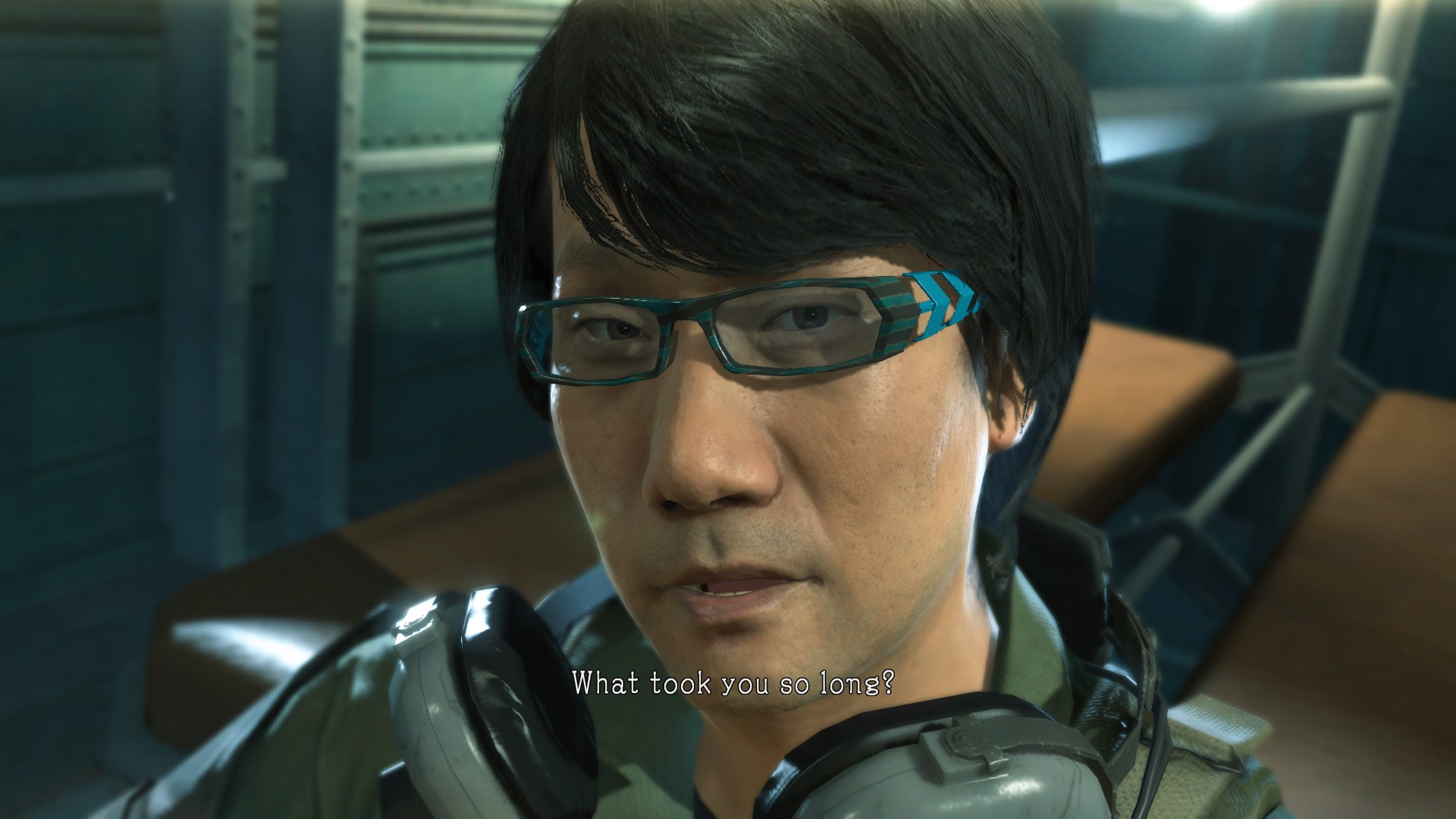
The best demos are like the best games. They generate interest and word of mouth by giving players unique, individual experiences that curated content can’t provide. Trailers for Battlefield 1 were nice, but the real interest came from the insane GIFs and videos that resulted from playing the demo. It’s that “oh wow, I did something amazing” effect. Many of the people I know who purchased Overwatch did so because of the open beta and the footage that resulted from it. Over 9.7 million people played it then.
A great demo gets people excited about games. It does so by creating a hunger for the full experience and by getting audiences talking. The best demos have stood on their own as fascinating games in their own right, laying the foundations for communities that will eventually support the full game. Some folks may argue that demos are a detriment to video games, but I couldn’t disagree more. Demos are one of gaming’s biggest strengths.
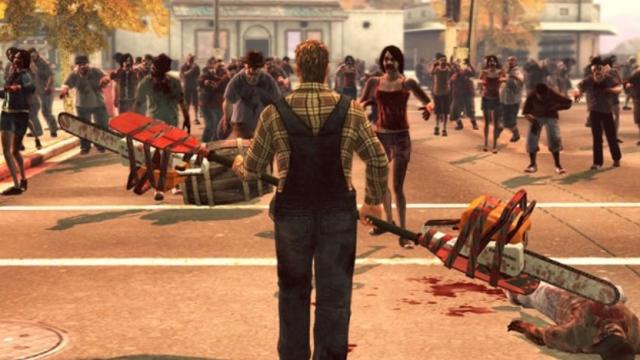
Comments
8 responses to “What Makes A Great Video Game Demo”
I remember the Puppygames famous rant about how they had the stats: demos kill sales.
And the only thing I could think from my own, anecdotal, experience was that demos sold me on games I otherwise had no idea about. I LOVED buying PC Powerplay and PC GAMER magazines for their cover discs (some of which had incredibly novel adventure-game-style interactive menus), just to try out and see what I wanted to buy.
It’s true that there were a great many demos that made me decide the game wasn’t good enough to buy. But I think that’s where the ugly, ugly truth comes out:
Demos sell good games. Demos hurt sales of bad games. They are ultimately a consumer-friendly tool, and not liking them as a developer means that you’re anti-consumer.
The issue is that bad demos also hurt good games. You can’t just take the first level or so of most games nowadays since it lacks the context of the rest of the game. It also takes resources and time away from development to create vertical slice demos, which then could lead to QA issues, showing too much, showing too little. There is a boatload of factors to consider when looking at putting out a demo. While it is good to have a demo that accurately represents the game, sometimes there isn’t time and resources to put one that is sufficiently high quality out.
There are many reasons to not like demos as a developer, not just being anti-consumer.
Fair point.
Though I’d counter, while not necessarily intentionally anti-consumer, but all the same… a demo is a valuable consumer tool for making an informed purchase. If you don’t have one, you don’t have one, regardless of your motivation.
The No Man’s Sky demo was pretty good, decent depth. Waiting for the game to be released now. Does it really count as a demo if they make you pay for it?
MGS:GZ says… yes.
Metal Gear Solid PSX demo from the playstation underground demo disc is the greatest demo ever. It was in Japanese, I had no idea what the hell was going on, but I loved it. I was sucked in by its cinema style audio and presentation. I had never played a MG game before it and I have at least sampled everyone after it, none of them have come close to the experience. I must have played that things a dozen times.
Just while we’re on the subject of demos, and demo disks…
Maybe it was just the position I was in at the time (Young lad, zero income of my own), combined with the way the gaming world was (What the shit was internet access, especially at home. Best way to learn about upcoming stuff was monthly magazines!) but the PS1/Saturn era, and demo disks on the cover of magazines was the best. Getting a new demo disk that contained a demo for that one game you knew about, and 7 others you hadn’t heard of but became something new you were excited for after playing the demos for hours on end, that was an experience that I don’t think can ever be replicated.
I’m going to say that as a young man who didn’t have much money at that point in time either, demo discs on magazine covers were the greatest thing about gaming in the 90s and 00s.